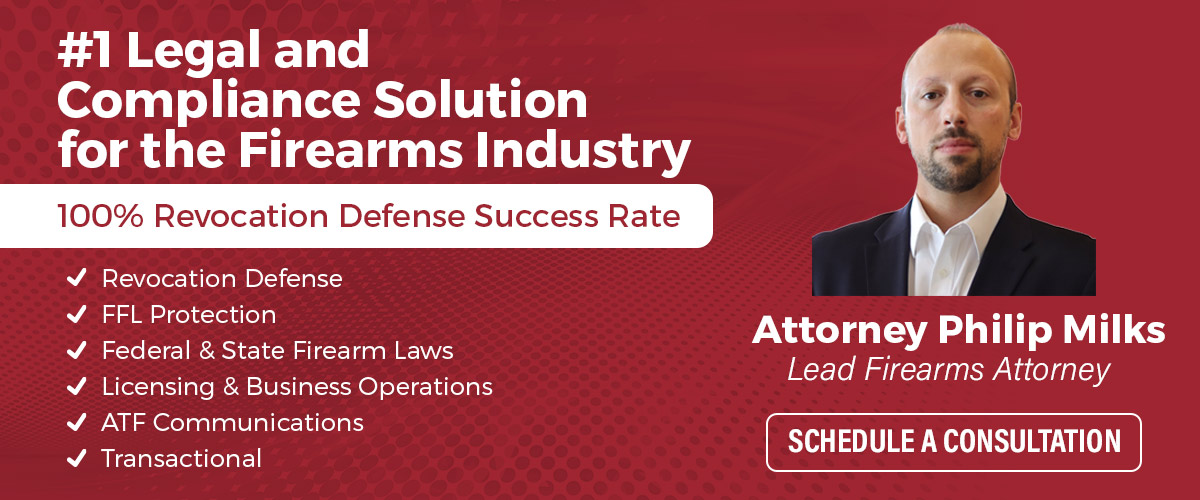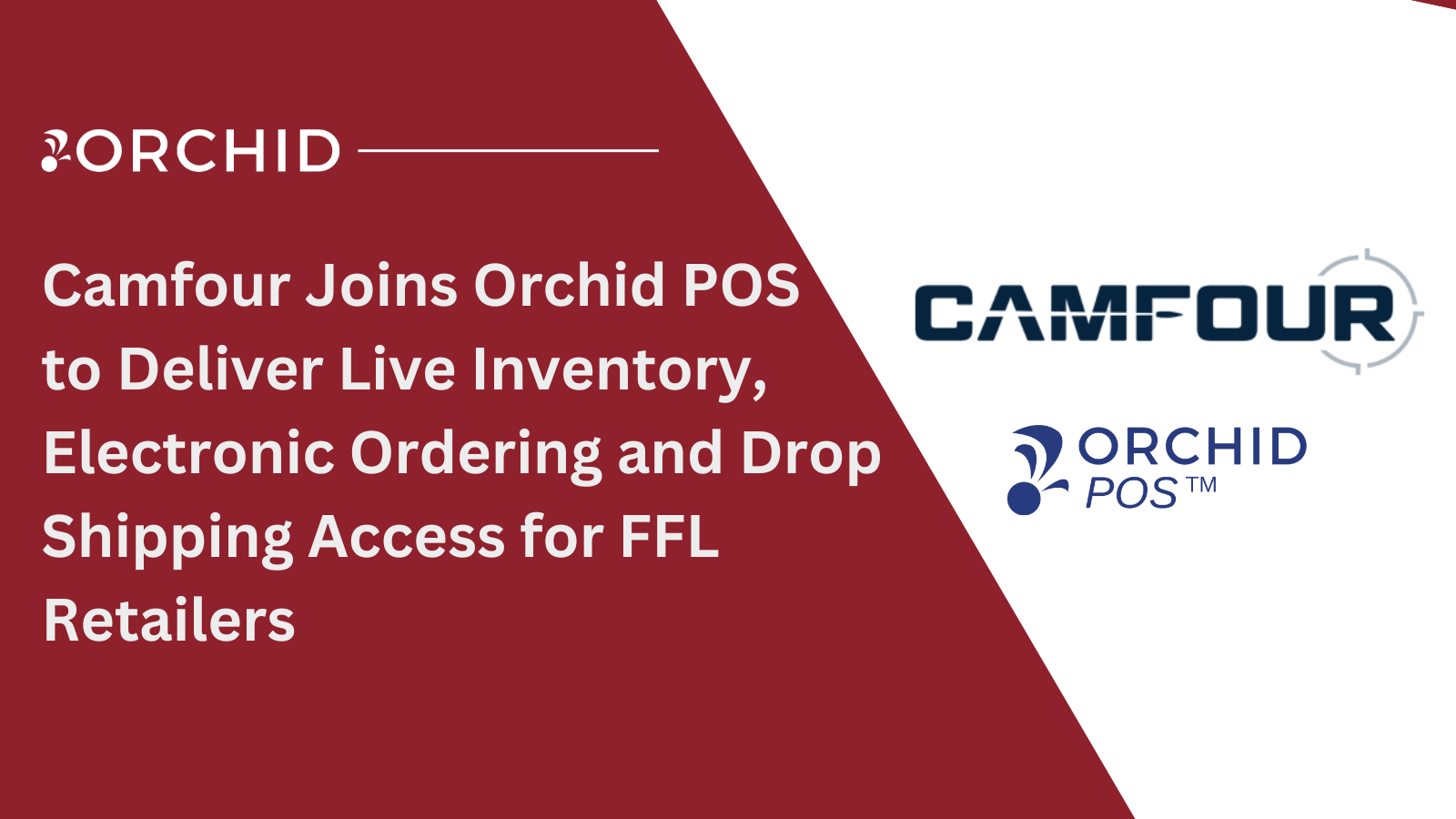As a Federal Firearms License (FFL) holder, it is essential to understand the role and responsibilities of a “Responsible Person” (RP). The ATF requires every FFL to have at least one designated RP, and this individual plays a crucial role in ensuring compliance with federal firearms regulations. In this post, we will highlight the top five must-knows for responsible persons in the firearms industry.
How is a Responsible Person defined?
The definition sets the foundation for all responsibilities and obligations that an RP should be aware of. It is essential to clearly understand an individual’s responsibilities within the organization in determining whether they should be identified as an RP with the ATF. This is how RP is defined from ATF Form 7:
“In addition to a Sole Proprietor, a Responsible Person is, in the case of a Corporation, Partnership, or Association, any individual possessing, directly or indirectly, the power to direct or cause the direction of the management, policies, and practices of the Corporation, Partnership, or Association, insofar as they pertain to firearms.”
Who Can Be a Responsible Person?
Not everyone is eligible to become an RP on an FFL. As summarized above, an RP as defined by ATF is about the role an individual plays in the company as opposed a desire to be identified as an RP. Additionally, those disqualified from purchasing or possessing firearms under federal law are also ineligible to be RPs. This includes individuals with felony convictions, non-U.S. citizens without legal residency, and those with misdemeanor convictions for domestic violence.
Another critical consideration is the previous involvement of a person as an RP for an FFL whose license was revoked. Such individuals generally cannot serve as an RP for another FFL. Employers must conduct thorough due diligence to ensure potential RPs meet the eligibility criteria.
How Do You Designate a Responsible Person?
As stated above, it is essential to carefully consider the individual’s role and responsibilities within the organization. The RP should have functional control over the firearms aspects of the business. This does not always align perfectly with an individual designated to “maintain compliance.” On the other side of the coin, individuals with operational control over the firearms portion of the business (e.g., Plant Manager, COO, etc.) are often ignored when adding and removing individuals from a company’s list of RPs which can set up regulatory issues when ATF comes to conduct a compliance inspection. Regular reviews and updates of RP designations can help maintain compliance and ensure that the proper individuals are fulfilling this critical role.
As for functionally adding RPs to the FFL, a Responsible Person Questionnaire, photograph, and fingerprints are required in order for ATF to execute a background check on the individual. Additionally, a cover letter by a current RP must be included requesting the addition.
What Are the Obligations and Liabilities of a Responsible Person?
Being a Responsible Person carries significant obligations and liabilities. RPs must adhere to all federal firearms laws and regulations, ensuring that the organization operates within the bounds of the law. Failure to do so can result in severe penalties, including license revocation, issuance of civil fines, and in the worst of cases, potential criminal charges.
Furthermore, RPs must stay informed about any changes in firearms laws and regulations as ignorance is not an excuse for noncompliance. They should be proactive in implementing policies and procedures to maintain compliance and safeguard the organization.
How Do You Document a Responsible Person’s Role Within an Organization?
Properly documenting a Responsible Person’s role within an organization is an important aspect of ensuring accountability. Identifying individuals who do not have functional control over firearms operations or failing to identify individuals who do have actual control over firearms operations as an RP can create uncomfortable discussions with ATF during inspections. To avoid such pitfalls, consider the following methods for documenting an RP’s role:
- Operating Agreement for LLCs: For organizations structured as limited liability companies (LLCs), the operating agreement can play a significant role in clarifying the roles and obligations of each member. By designating specific members as managers and explicitly stating that they lack the right to control any aspect of the firearms business, an organization can provide clear guidance on the Responsible Person’s role.
- Employment Agreements: C-level suite individuals and key employees often have employment agreements that outline their roles and responsibilities. To avoid potential issues with Responsible Person designation, these agreements can expressly state that the individual’s job does not include any influence or management power over the firearms aspects of the business.
- Policy Manuals: Implementing comprehensive policies and procedures within the organization can further define the roles of different employees. It is within these manuals that the responsibilities of Responsible Persons can be thoroughly outlined to ensure that there is no ambiguity about their role in directing firearms policies and practices.
The documented roles must align with the practical reality within the organization. If the documentation specifies certain responsibilities, they must be consistently followed in practice. Therefore, it is imperative to ensure that the organization’s actions align seamlessly with the documented responsibilities of Responsible Persons.
Conclusion
Being a Responsible Person in the firearms industry is a significant responsibility that requires a clear understanding of the role and its obligations. Adhering to ATF regulations, conducting due diligence, and maintaining accurate documentation are essential for compliance.








![2024 ATF FFL Inspection Violations [Published March 2025]](https://orchidadvisors.com/wp-content/uploads/2025/06/June-16-Blog-Post-ATF.png)
0 Comments